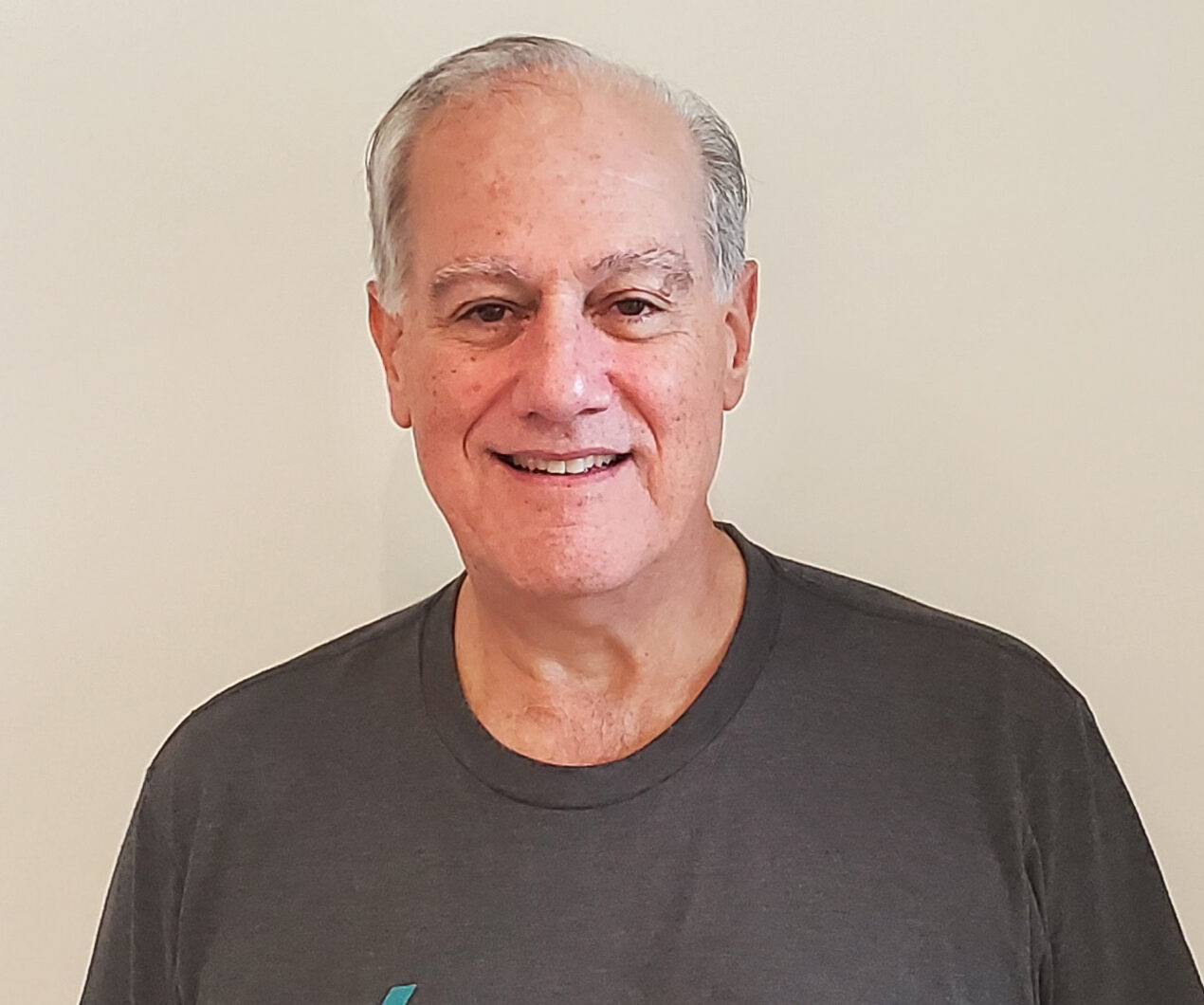We receive numerous requests for Screeners where the effective screening area has been specified by the customer. While a decent amount of these requests work out to the best of our knowledge (since not everyone is willing to admit that they may have erred in their request), we do offer to review the application to confirm that the screening area is adequate if sufficient data is provided.
Our challenge in this instance is to get the customer to provide us with the information we require to determine the optimum size, and for that matter, style of Screener they require for their application. It reminds me of the Jerry Maguire movie when Jerry (Tom Cruise) tells his only client, Rod Tidwell (Cuba Gooding Jr.) “Help me, help you!” as quite often there is reluctance to provide application data. We believe it’s in the customer’s best interest to provide the following data to allow a professional to make a recommendation.
- The maximum feed rate in lbs/hr, TPH (tons/hr), Kg/hr or MTPH (metric tons/hr).
- The bulk density of the material to be screened in lbs/cubic foot or Kg/cubic meter.
- The screen opening(s) required to make the specific separation(s).
- A sieve analysis (particle size distribution) of the feed material.
- If a sieve analysis is not available, then your best estimate of the following:
- The percentage of the feed material that is expected to pass through the screen opening(s).
- The percentage of the feed material that is expected to pass through screen opening(s) that are half the size of the actual screen opening(s) specified. This “half-size” percentage is generally referred to as the fines factor which allows us to determine the ease or difficulty of the fine material to pass through the specified screen opening(s).
- Percentage of moisture in your feed material.
- Type of screening media preferred i.e. woven wire cloth, perforated plate, urethane, grizzly bars, profile (wedge) wire, etc.
There can be other factors, but the above data will provide us with the most critical factors that are necessary to calculate the screening area required and leads us to the solution of making a recommendation for a specific screening application. We also check expected bed depth of the feed material to make sure that the width of the screener in combination with the rate of travel we recommend will provide an acceptable bed (flow) depth to permit proper stratification. The stratification process is the movement of the finer material down through the bed of material while the coarser material moves upward. We can then make our final recommendation which includes the style of screener with the proper vibration energy (stroke & frequency) and if down sloping of the screen deck is necessary.
Our equipment solutions are sized and built to fit YOUR application. So, you can rest assured that what your get delivered will work for your material in your environment. But, before we can deliver that assurance, we need to know all the data. If you have an application for us, submit a quote request with all the facts today!

Jack Steinbuch has been with The Cleveland Vibrator Company for over 36 years accumulatively. He has previous experience in the manufacturing industry as a Senior Application Engineer and has worn many hats on our team in sales and managerial capacities. Now, he’s in the position of General Sales Manager. With a BSCE from The University of Toledo, he is an expert in the realm of sizing vibratory screeners and feeders, and sizing vibratory drives for tables and other vibratory equipment. Understanding that customer service is crucial, Jack believes it is important to provide the proper product for every application, even if it happens to not be supplied by The Cleveland Vibrator Company.
In his off-hours, you can find Jack spending time with his family and playing with his grandchildren. He loves sports; both watching and playing, and is an avid golfer and a league bowler during the winter. He will be retiring at the end of September 2021 and hopes to spend his winters vacationing in Florida.
Follow us:
Share this blog post:

